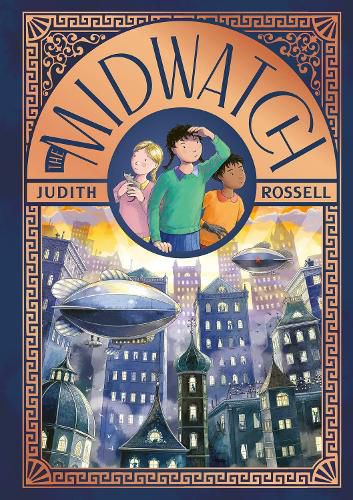By Carrie Alker, AISNSW Education Consultant: K-6 Curriculum and Pedagogy
What I’m reading and utilising this month to plan teaching and learning experiences
Walk into any children’s bookshop and you are bound to notice the growing range of beautiful informational texts created for young readers. Nonfiction children’s books, often with stunning covers (that scream pick me up and read me!) allow readers to explore topics visually, as well as through the fact-filled text.
As outlined in the Text Requirements support materials in the K-10 English Syllabus, we must give students opportunities to engage with a variety of texts across a year of learning. This includes those that provide information in different forms, as well as picture books.
This month, I have been reading Jiggliest Jellyfish by Emma and Tim Flannery. I have been inspired to consider how this fabulous large-format picture book could be used to support teachers in designing syllabus-aligned teaching and learning activities for the Stage 1 English classroom. In Jiggliest Jellyfish, explorer and scientist Tim, along with his daughter Emma, bring to life the mesmerising world of jellyfish. It is filled with amazing facts (for example, did you know that there is a jellyfish that is immortal!?) and vibrant illustrations by Katie Melrose.
Jiggliest Jellyfish
"Whoa! There’s a group of glowing, colourful, floating creatures at the water’s surface. What could they be? Are they sea plants? Strange fish? Or aliens visiting from another planet? No, they’re jellyfish! "
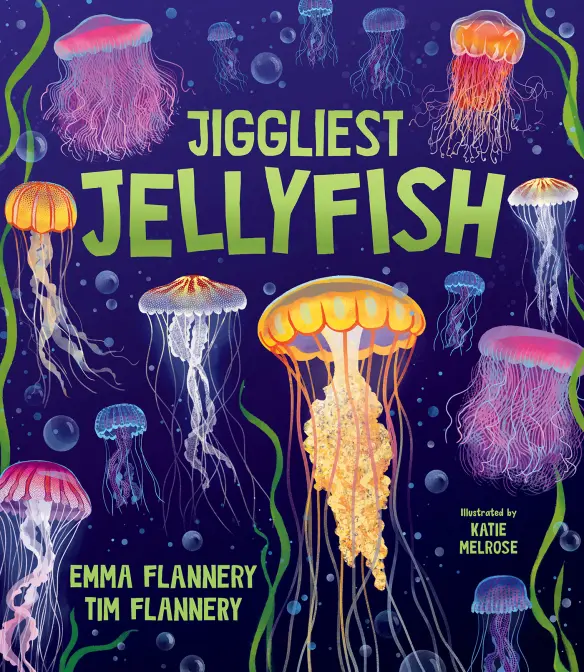
Jiggliest Jellyfish offers children, and their teachers, an opportunity to explore a text that provides information in an interesting and engaging manner, while maintaining some of the typical conventions we would expect from an informative text. The book is clear in its purpose and when technical terms are used, they are usually explained.
Tier 3 vocabulary throughout the text is in bold, making it easy for teachers to identify and potentially pre-teach as part of their vocabulary program. Each page utilises a clear heading, breaking up the text and making it easier to navigate. The visuals, including the labelled diagrams, further illustrate the range of ways creators of texts can share information with the reader.
Read on to discover ideas for addressing Stage 1 syllabus outcomes and content using this stunning book.
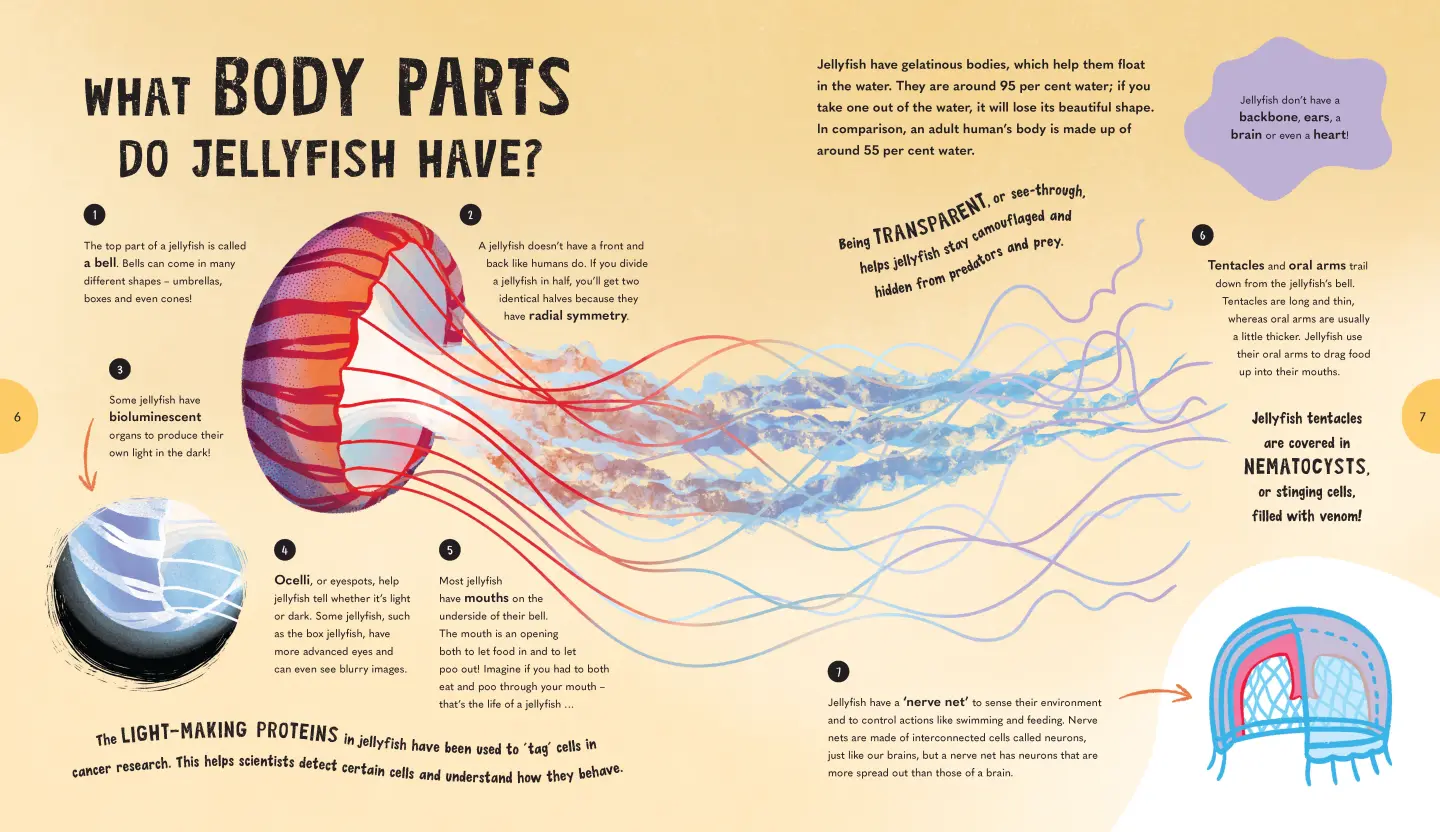
READING COMPREHENSION
Know that a complex sentence includes a clause for expressing a main message and one or more clauses that elaborate on that message (EN1-RECOM-01)
Know the meaning and purpose of coordinating and subordinating conjunctions and identify them in a sentence (EN1-RECOM-01)
Teachers could share the following extract from the text with their students:
"It's safe to say there is nothing boring about jellyfish - they are some of the most bizarre creatures around. Looking at them, you may not think much of them, but as a group they hold some astonishing world records. There are more than 2000 kinds of jellyfish, and they come in different shapes, sizes and colours. Some have very interesting names, like the Santa's hat jelly, the blue blubber, the psychedelic jelly, the flying saucer jellyfish, the pink meanie, the upside-down jellyfish and the purple people eater."
In this extract, we have an interesting compound-complex sentence to analyse:
"Looking at them, you may not think much of them, but as a group they hold some astonishing world records."
Within this sentence there are two independent clauses: 'You may not think much of them' and 'They hold some astonishing world records'. We also have a dependent clause: 'Looking at them'. Teachers could explain to students that this dependent clause elaborates on the independent clause that follows by providing context or setting the scene and that the subordinating conjunction 'When' as in 'When we are' is inferred. The sentence also includes a coordinating conjunction: but. This connects the two independent clauses that are equally important—not thinking very much of jellyfish and the surprising records they hold. 'As a group' is a prepositional phrase that gives additional information, emphasising the remarkable nature of jellyfish.
With this extract, teachers could also focus on the use of conjunctions like:
- but – used to link two ideas (the initial reaction to jellyfish vs. their actual interesting characteristics).
- and – used to join items in a list (e.g., there are more than 2000 kinds of jellyfish, and they come in different shapes, sizes and colours).
Once the extract has been explored, students could be provided with a copy and asked to highlight and identify the independent and subordinate clauses and the conjunctions and explain their decisions to a learning partner.
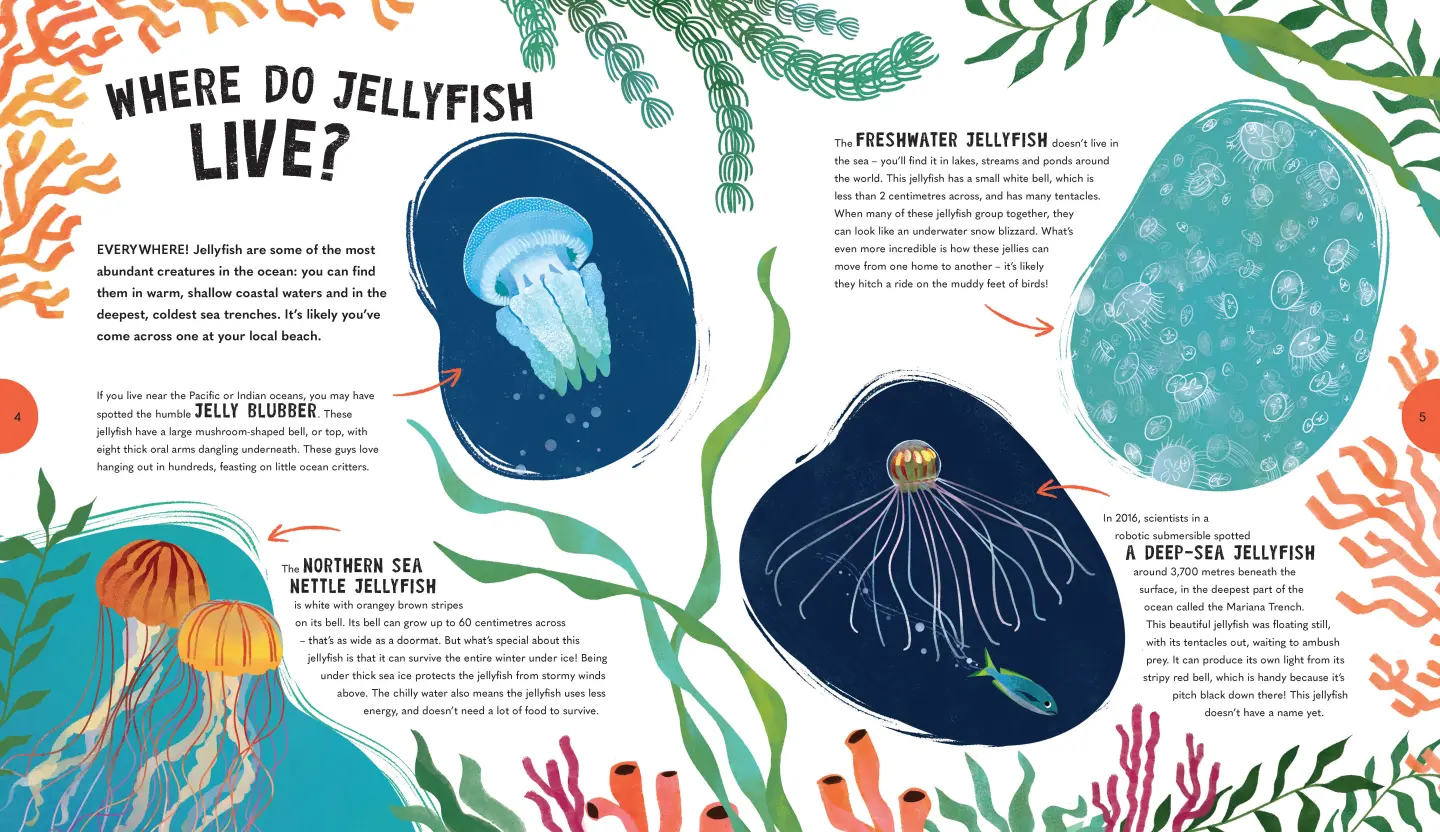
UNDERSTANDING AND RESPONDING TO LITERATURE
Identify how the language and form of a text vary according to purpose, audience and mode (EN1-UARL-01)
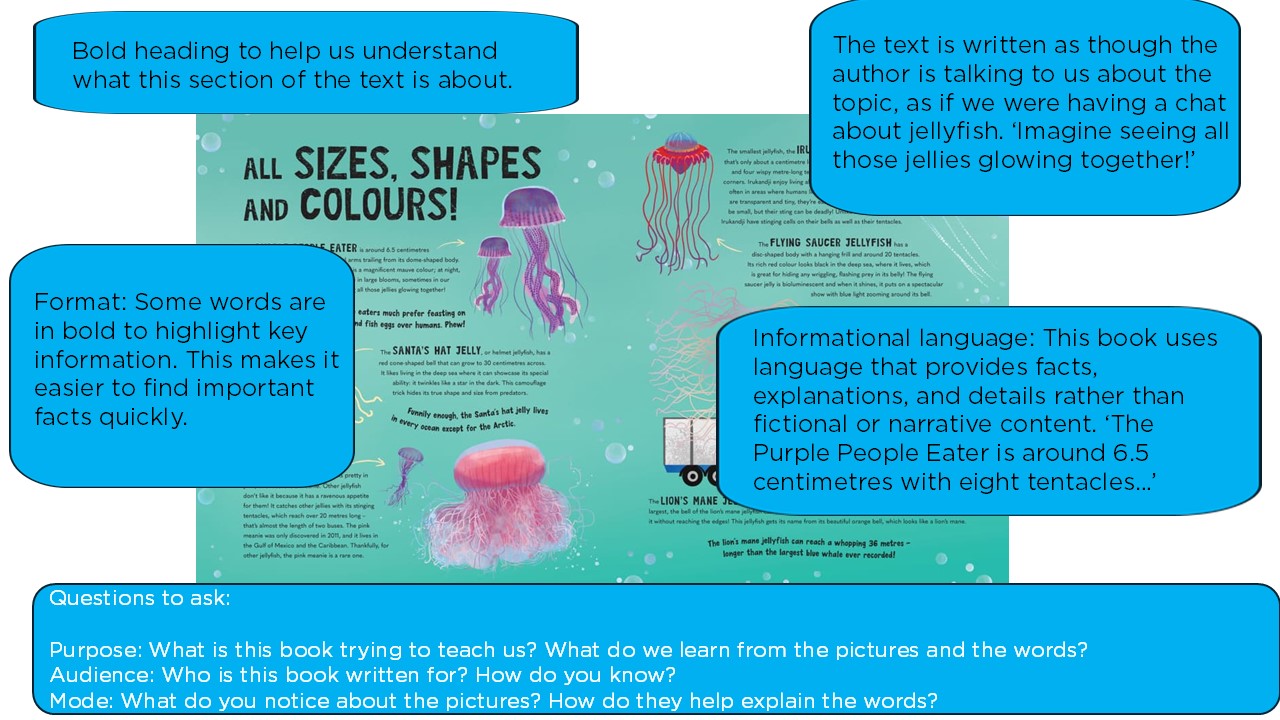
This text provides a great example of how text language and form may vary according to the purpose, audience and mode. Use a visualiser, add to a PPT slide or copy a double page spread and blow it up to A3 to stick to a flip chart for display. Ask the children to look carefully at the page. What do they notice about the way the page is set out and how the illustrations support the text? Read sections of the text to allow them to consider the language used. Teachers might like to highlight some of the features and ask the suggested questions above. Students’ ideas and thoughts could be elicited through a think, pair, share routine.
This lesson could be followed up by sharing and analysing another book, such as I am Jellyfish by Ruth Paul, to compare the language, form and features used by the author and how these author decisions vary according to the purpose of the text.
VOCABULARY
Use vocabulary to express cause and effect (EN1-VOCAB-01)
As mentioned above, this text offers a wonderful opportunity to explore a wide range of vocabulary, including technical language. It is also filled to the brim with sentences that express cause and effect.
Teachers could share the following with students:
- Jellyfish are mostly water, so they’re not very nutritious.
- However, jellyfish will continue to be a problem unless we deal with the causes of these blooms.
- They are around 95 per cent water; if you take one out of the water, it will lose its beautiful shape.
- When jellyfish sense danger, they can dive.
Teachers could bring student attention to the key cause-and-effect connectives like so, unless, if and when, and show how the relationships between the causes and effects are clearly stated. Including:
Cause: Jellyfish are made up of mostly water.
Effect: Because of this, they lack nutritional value.
Key cause-and-effect word: So
Cause: Jellyfish sense danger.
Effect: They respond by diving.
Key cause-and-effect word: When
By using these key cause-and-effect connectives and understanding how they relate actions or conditions to outcomes, students can express cause-and-effect relationships more effectively in their own writing. Teachers could provide examples of cause-and-effect relationships in the text and ask students to work with a partner to write sentences that include appropriate connectives. e.g.
Cause: Jellyfish use little energy to travel
Effect: They are the most efficient swimmers in the ocean
Sentence: Jellyfish use little energy to travel so they are the most efficient swimmers in the ocean.
Also, after reading an informative extract from the text, students could be provided with paper strips that have causes, effects and connectives written on them and be asked to work in pairs or small groups to sort them into cohesive sentences. They could then write these on mini whiteboards to share with the rest of the class.
Jiggliest Jellyfish can be found at this list of stockists.
Next time, I will be sharing Stage 3 teaching ideas for The Midwatch, the latest release from multi-award-winning author-illustrator, Judith Rossell.
